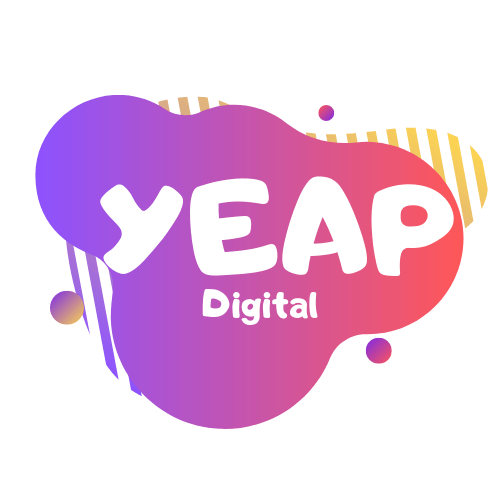What is Flat Design? 5 Characteristics of Flat Design
Flat design is a minimalist user interface design style. This web design style has been around for quite a while now, but it is still as popular as ever. It utilizes simple, two-dimensional elements and bright colors for user interfaces for mobile apps and websites. As a minimalistic approach, it emphasises the usability as well as the aesthetically pleasing designs.
Free from elements such as shadows, effects, and gradients. It gives the feeling that all the design elements are designed to stand on one surface.
Flat design is used to create user-friendly websites. Cuts the non-essentials and focuses on the main idea. By reducing clutter (in the form of textures and shadows), it is possible to create a better user experience. Plenty of white space, crisp edges, bright colours, and two-dimensional illustrations are commonly used in flat design.
Flat design is widely used for responsive website design. where a website works smoothly across the devices with different screen sizes. The flat design aims to create a simple, clean, intuitive interface across the website from the homepage to the product pages. With the use of simple shapes and minimal textures, the flat design ensures that responsive website design works well. It also decreases the loading time.
As a simple and straightforward design type, it uses a classically digital aesthetic. Let’s take a quick look at the characteristics of flat design.
Characteristics of Flat Design
Simple Elements
Flat designs are generally made in two dimensions. Extra features are not used. Simple interface elements should be used in icons, buttons, menus, and logos. There is no place for ornamental elements. Simple images and icons make it easy to grasp the messages more quickly than detailed illustrations. Also, bigger and solid colour blocks are more attention-grabbing. Simple and familiar elements make it so comfortable to use the website for your visitors. Less is more.
Easy Navigation
A business website’s navigation structure has a great impact on conversions and sales. If your visitors can’t figure out where to find what they want, they may just leave. The flat design prioritises the functionality. Navigation exists to help visitors to find what they are looking for. Therefore it should be simple and intuitive.
Clear navigation and filter systems increase usability and make the user experience seamless.
Clear and Strict Visual Hierarchy
A clear and strict visual hierarchy is crucial for the success of any web design project. Visual hierarchy deals with the arrangement and presentation of elements on a website. Elements are placed in accordance with their importance. This affects the order in which the visitors perceive the information that is being displayed.
So visitors will be able to grasp the essential information quickly. This holds great importance as the average human attention span is approximately 8 seconds.
Typography
The use of proper typography provides aesthetic looks for flat designs. Bold and highly readable typography is important for flat design. The colors used in typographic elements should be compatible with the general color tones of the design.
Colour Palette
The colour palette is a fundamental part of the way we perceive a website and ultimately the business. This is why one of the most important tools for a web designer is colour. Bright and vibrant colours are preferred in flat design.
All in all, flat design prioritises the functional, fast and intuitive website interfaces. This helps to create a great user experience. That’s it! Hope you found our post helpful!




